What’s new is that a team of Swiss scientists has addressed the task of analytically identifying the crop ear gene DNA, and those scientists published their results in October 2013 (Koch et al). The crop ear gene has been identified and its presence can now be detected in individual animals by means of a test.
The work has further confirmed the autosomal dominant mode of inheritance previously inferred from family tree analysis (MacDonald, Scheider et al.), albeit with a slight but not insignificant correction, which may explain why debates about Crop Ear tend to be hopelessly controversial and usually finish up a blind alley.
According to our understanding hitherto, Crop Ear was said to have an “incomplete dominant” mode of inheritance (or put another way, a dominant mode of inheritance with incomplete penetrance), which would mean that in some heterocygous individuals the attribute is not expressed phenotypically at all. This view no longer applies according to recent findings by the Swiss team of scientists. Their report now speaks of a “variable expression” of the dominantly inherited characteristic, meaning that every genetic carrier of Crop Ear whether homozygous or heterozygous, does exhibit the attribute phenotypically, albeit with widely variable expression of the characteristic.
Thus one must acknowledge that there are various degrees of the severe and obvious Crop Ear category, most likely associated with a homozygous genotype, as well as various degrees of the finer and less obvious variants found on heterozygous animals.
However, what has not been investigated and what is not known is:
which factors influence the variability of phenotypic crop ear characteristics in different animals with identical genotype.
whether there are phenotypically fluid transitions from a minimal variant in a genetically homozygous animal and a maximal variant in a genetically heterozygous animal. There is presumably a continuum of phenotypic characteristics such that only the very fine minimal or the gross maximal variants may be categorised as heterozygous or homozygous with any degree of certainty (M. Mäkelä, personal correspondence).
whether Crop Ear always appears symmetrically and identically in both ears. It may be possible that occasionally a difference between the two ears can exist to a greater or lesser degree. (Ù. Cochrane, M. Mäkelä, personal correspondence).
whether crop ears change over the course of the life of the animal. My guess is they probably just grow along with the animal, and probably change little in shape and characteristic.
The work has further confirmed the autosomal dominant mode of inheritance previously inferred from family tree analysis (MacDonald, Scheider et al.), albeit with a slight but not insignificant correction, which may explain why debates about Crop Ear tend to be hopelessly controversial and usually finish up a blind alley.
According to our understanding hitherto, Crop Ear was said to have an “incomplete dominant” mode of inheritance (or put another way, a dominant mode of inheritance with incomplete penetrance), which would mean that in some heterocygous individuals the attribute is not expressed phenotypically at all. This view no longer applies according to recent findings by the Swiss team of scientists. Their report now speaks of a “variable expression” of the dominantly inherited characteristic, meaning that every genetic carrier of Crop Ear whether homozygous or heterozygous, does exhibit the attribute phenotypically, albeit with widely variable expression of the characteristic.
Thus one must acknowledge that there are various degrees of the severe and obvious Crop Ear category, most likely associated with a homozygous genotype, as well as various degrees of the finer and less obvious variants found on heterozygous animals.
However, what has not been investigated and what is not known is:
which factors influence the variability of phenotypic crop ear characteristics in different animals with identical genotype.
whether there are phenotypically fluid transitions from a minimal variant in a genetically homozygous animal and a maximal variant in a genetically heterozygous animal. There is presumably a continuum of phenotypic characteristics such that only the very fine minimal or the gross maximal variants may be categorised as heterozygous or homozygous with any degree of certainty (M. Mäkelä, personal correspondence).
whether Crop Ear always appears symmetrically and identically in both ears. It may be possible that occasionally a difference between the two ears can exist to a greater or lesser degree. (Ù. Cochrane, M. Mäkelä, personal correspondence).
whether crop ears change over the course of the life of the animal. My guess is they probably just grow along with the animal, and probably change little in shape and characteristic.

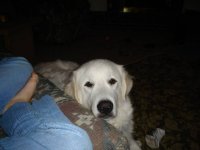
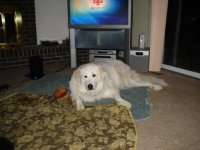
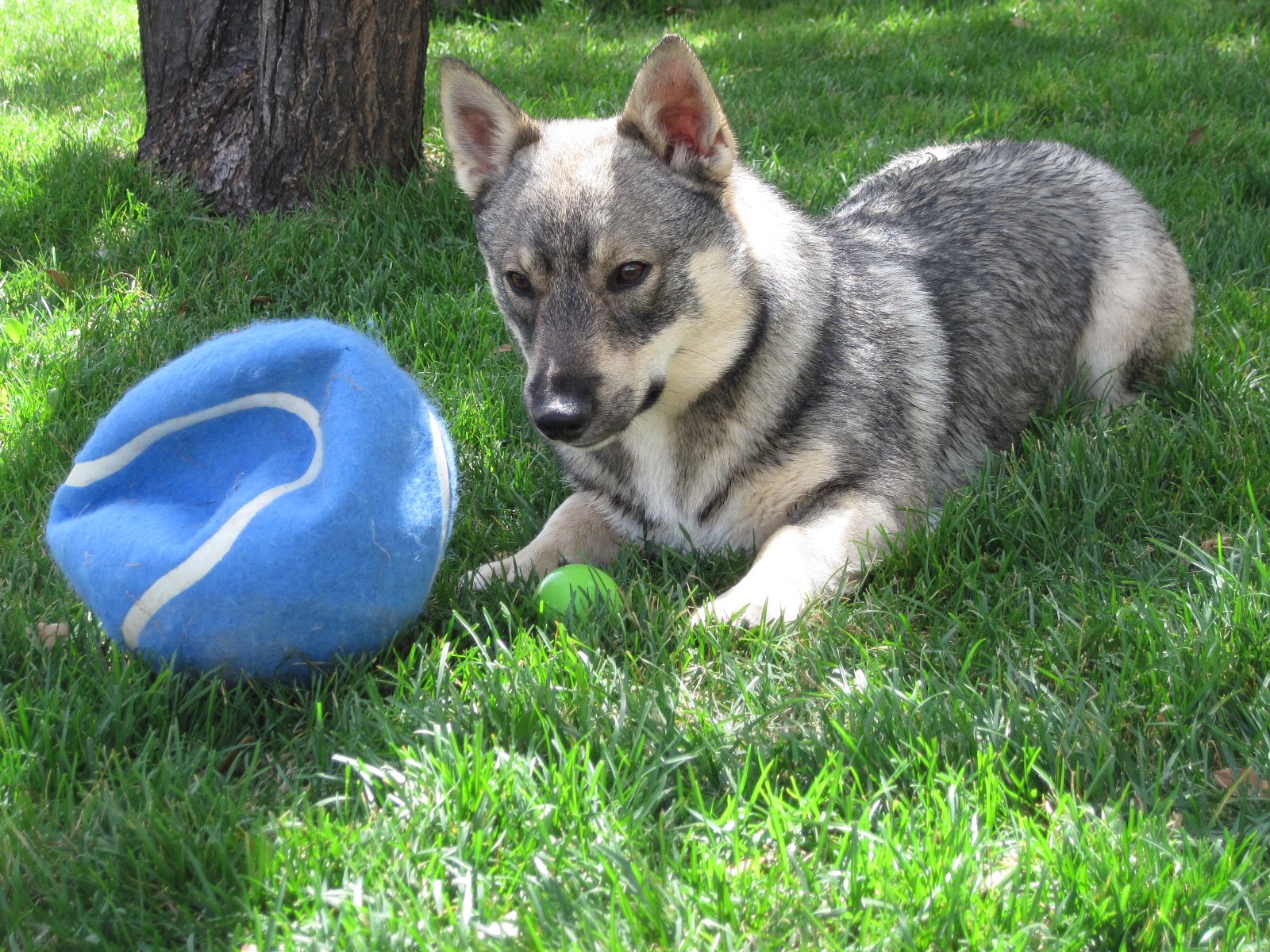
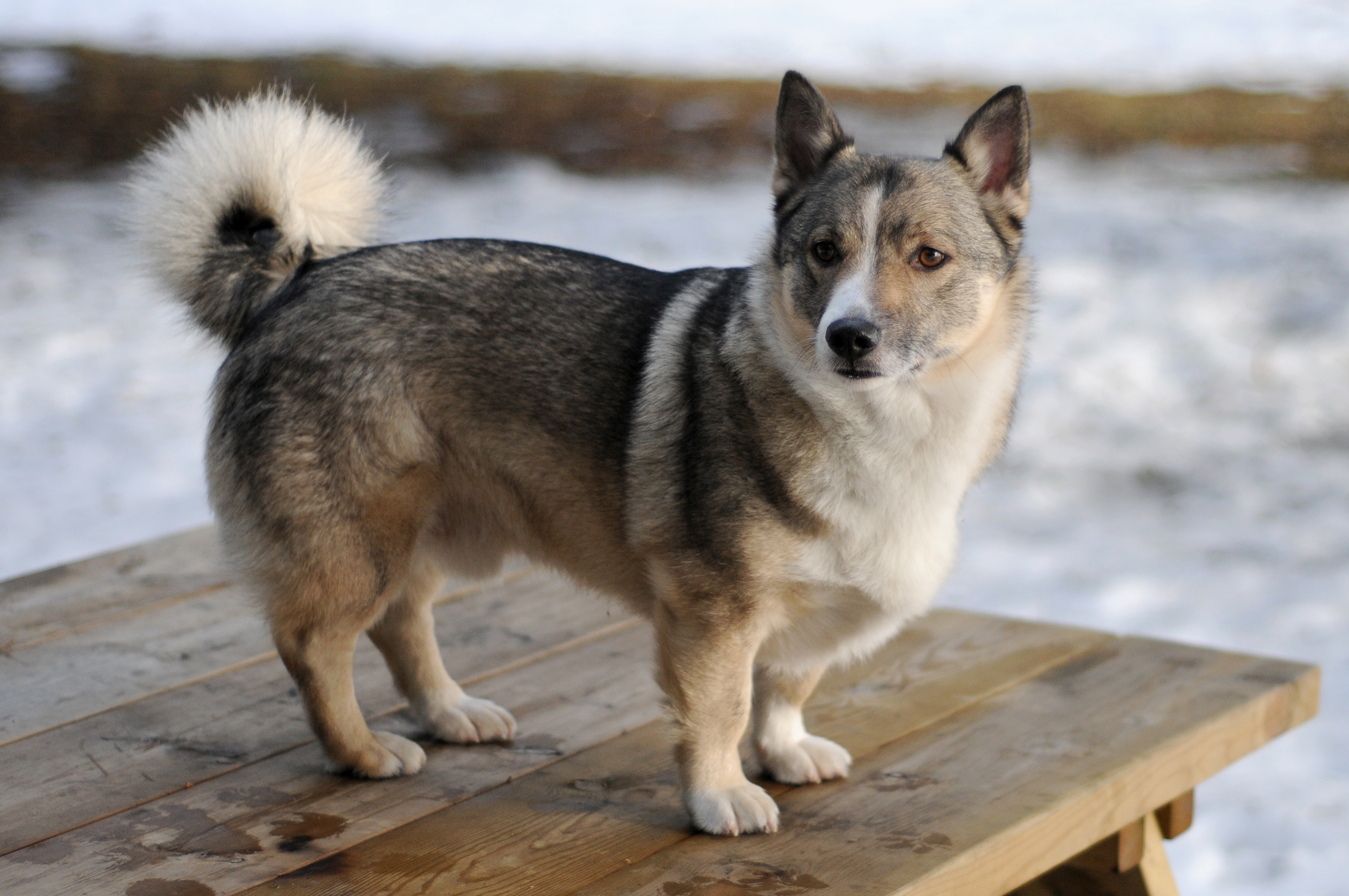

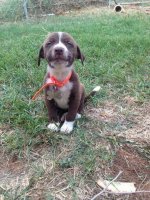

![IMG_6990[1].jpg](/data/attachments/223/223681-4d55702333bd866be9abef4be228fb77.jpg)

